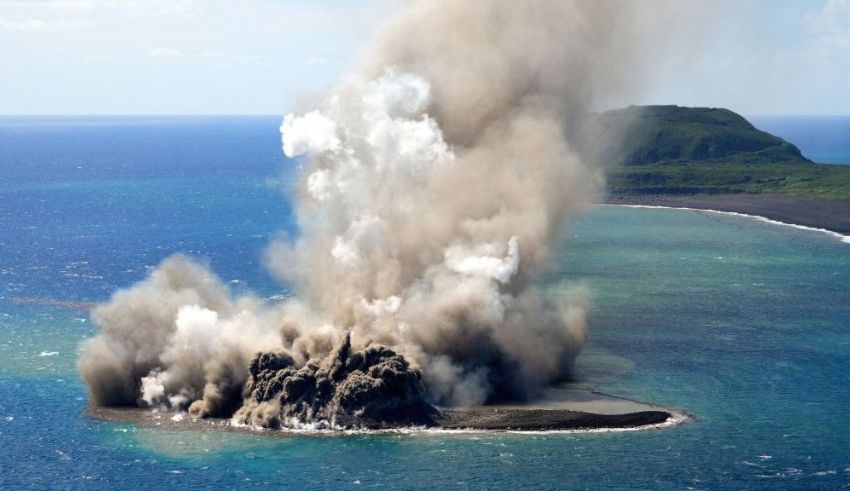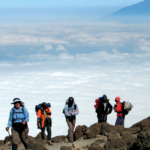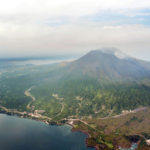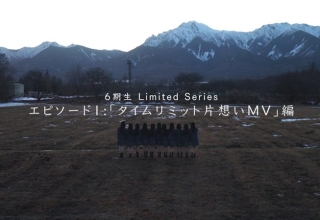
In the vast expanse of the Pacific, Japan has welcomed a new addition to its storied archipelago—a newborn island born from the depths of a mesmerizing undersea volcanic eruption. This captivating spectacle unfolded 1,200 kilometers south of Tokyo, near Iwoto island in the Ogasawara chain.
The saga began in October with a series of eruptions, transforming the underwater canvas into a breathtaking display of natural forces. Fukashi Maeno, an associate professor at Tokyo University’s earthquake research institute, shared insights into the geological spectacle, confirming phreatomagmatic eruptions, where magma meets water, shaping a landmass about 100 meters wide.
A Wondrous Sight
Drone footage painted a vivid picture of this geological marvel, showcasing plumes of smoke and ash reaching over 50 meters during eruptions. Rocks danced through the air, and bands of brown pumice stones painted the sea, a canvas altered by the eruption.
Iwoto, once known as Iwo Jima and witness to a pivotal World War II battle, now became the stage for this awe-inspiring showcase of nature’s might. The region, home to 111 active volcanoes in Japan, is no stranger to such bursts of volcanic activity. The meteorological agency reported similar eruptions near Iwoto in recent years.
The newfound island, standing at about 100 meters in diameter, 1,200 kilometers south of Tokyo, may undergo further transformations—growing larger, changing shape, or disappearing beneath the waves. Past instances in 1904, 1914, and 1986 saw islands formed through similar volcanic processes vanish due to erosion.
Keep Reading
Japan’s Volcanic History
Despite initial vulnerabilities, islands formed from ash and rock fragments could gain resilience with continued volcanic activity, fostering durable surfaces against constant wave battering.
Japan’s recent history witnessed the birth of islands through volcanic activity, where in 2013, weeks of volcanic activity led to the formation of an island merging with an existing one, creating a new landmass with a whimsical resemblance to Snoopy.
This geological revelation highlights not just Japan’s ever-evolving landscape but also the enduring forces shaping our planet—a testament to the dynamic nature of Japan’s archipelago.


























